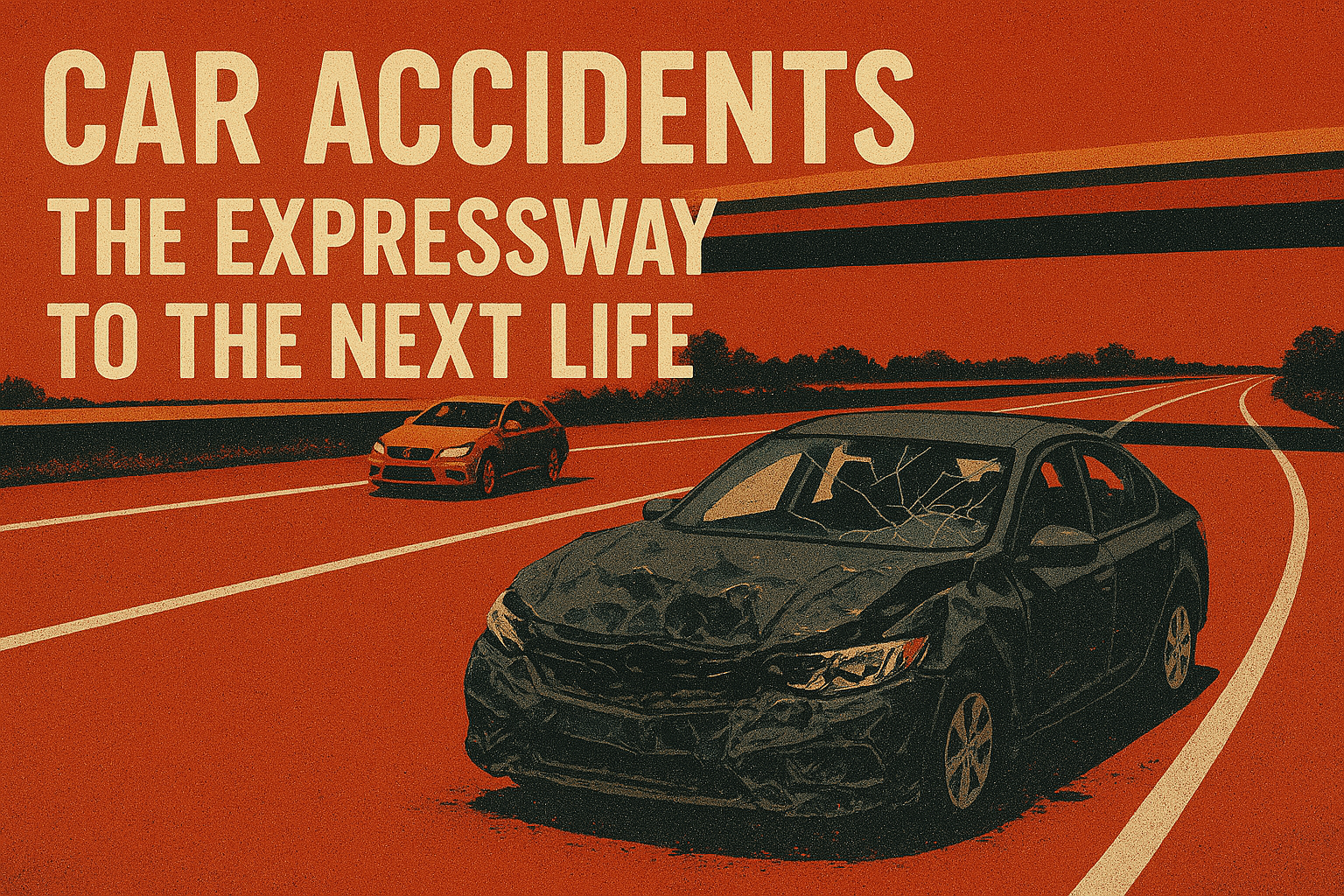Car accidents are a grave concern globally, and their impact is devastating. According to a recent study, car accidents ranked ninth out of the top ten causes of death worldwide. They also topped the list of accident-caused deaths. In the United States alone, over 40,000 people die in car crashes every year. The National Highway Traffic Safety Administration reports that someone is involved in a car accident every ten seconds. It is estimated that every 12 minutes, a person dies in a car crash. Alarmingly, car accidents are the leading cause of death for Americans aged 35 and younger. In 2002, there were 43,005 reported deaths caused by car accidents. These statistics highlight the urgent need to understand and address the causes of car accidents.
What are the leading causes of car accidents? The factors contributing to car accidents are multifaceted and complex. They can often be attributed to driver recklessness or negligence, the vehicles involved in an accident, and road and weather conditions at the time of the accident. Each of these factors plays a significant role in the occurrence and severity of car accidents.
Driver negligence is a major contributor to car accidents. It can manifest in various forms, such as rubbernecking, driving under the influence of alcohol, lack of experience, and aggressive driving behavior. Rubbernecking, the act of stopping to look at other accidents, is a significant cause of car accidents. When motorists lose concentration on the road ahead, it can lead to a chain of accidents that could have been avoided. Driving under the influence of alcohol is strictly prohibited in the US and is considered a criminal offense. A reported forty percent of all traffic-related deaths have been attributed to driving while intoxicated. Inexperienced drivers, particularly teenagers, also contribute to car accidents. One quarter of reported car accidents involve teenage drivers. Aggressive driving behavior, such as street racing, forcing lane changes, and not giving way to other cars, further exacerbates the problem.
Vehicles themselves can also be a cause of car accidents. Defective auto parts, vehicle design, and car maintenance are major factors. Defective door latches, seat belts, airbags, seat backs, roofs, ignition systems, and fuel systems can all contribute to the severity of vehicular accidents. The overall faulty design of a car can make accidents and damages more likely. For example, SUV designs are less stable on the road and four times more likely to rollover in an accident compared to passenger cars. Regular maintenance and inspection of vehicles are crucial to prevent accidents caused by mechanical failures.
Road and weather conditions also play a significant role in car accidents. While these factors are beyond human control, drivers can still take precautions. Choosing to drive without considering the weather and road conditions can be considered negligence. Drivers should always check weather forecasts and road conditions before heading out. Avoiding driving in adverse weather conditions, such as heavy rain, snow, or fog, can significantly reduce the risk of accidents.
So, how can we avoid car accidents? Responsible driving is the key. For teenage drivers, it is crucial not to drive unsupervised. Avoiding alcohol consumption while driving not only ensures clearer vision but also improves concentration. Disregarding distractions while driving is essential. If a distraction cannot be ignored, it is advisable to park the car in a safe area and then attend to it. Defensive driving, rather than aggressive behavior, can also help prevent accidents. Always stay informed about weather conditions before heading out and ensure your vehicle is in good condition. Regular maintenance and inspection can prevent mechanical failures that could lead to accidents. By being prepared and cautious, drivers can significantly reduce the risk of car accidents.
In conclusion, car accidents are a serious issue that affects countless lives every year. Understanding the causes of car accidents, such as driver negligence, vehicle defects, and adverse road and weather conditions, is crucial in preventing them. By practicing responsible driving, avoiding distractions, and ensuring vehicles are well-maintained, we can all contribute to making our roads safer. The next time you get behind the wheel, remember that your actions can make a difference in preventing car accidents and saving lives.




